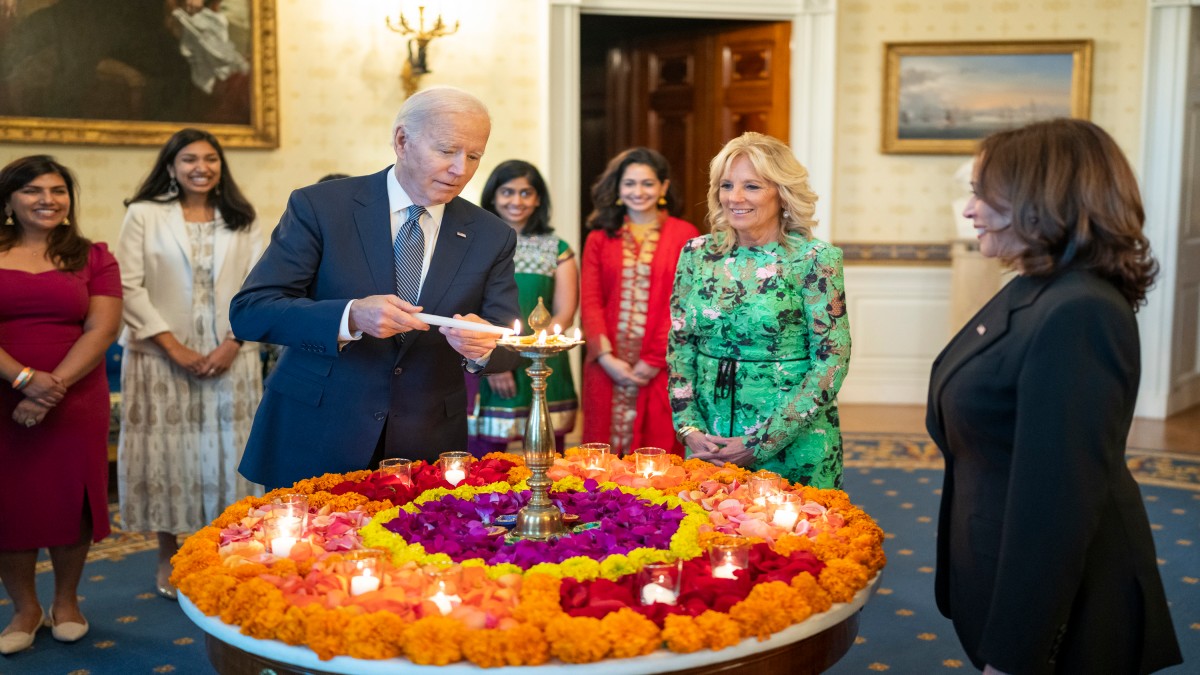) |
|
The White House's annual Diwali celebration has become a significant tradition, reflecting the growing influence and recognition of the Indian American community within the United States. Beginning in 2003 with President George W. Bush, each subsequent administration has continued the practice, adding their own unique touch to the festivities. From President Barack Obama's personal lighting of a diya in the East Room to President Donald Trump's hosting of a grand ceremony in the Roosevelt Room, each president has acknowledged the cultural importance of Diwali for South Asian Americans.
The celebration extends beyond mere symbolism. It represents a growing awareness and acceptance of diverse cultural traditions within American society. As the article notes, the inclusion of Diwali, alongside other religious observances like Eid and Hanukkah, demonstrates a shift in the White House's approach to acknowledging the nation's increasingly diverse population. This shift is not merely symbolic; it reflects a tangible recognition of the political, economic, and social contributions made by minority communities.
The decision to officially recognize Diwali, as exemplified by the closure of New York City schools on November 1st, speaks volumes about the growing acceptance and integration of Indian culture in the United States. It signals that Diwali, once seen as a primarily South Asian celebration, is now becoming a part of the broader American cultural tapestry. This evolution signifies a positive change, reflecting a more inclusive and culturally sensitive society.
Source: Lighting Up America: How the White House started celebrating Diwali
